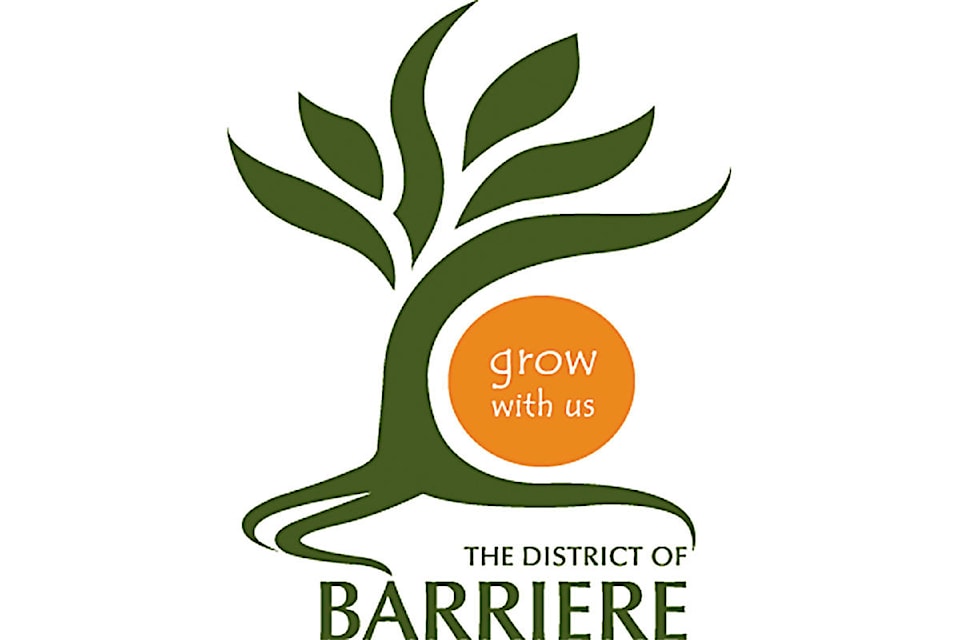On May 6, 2019 Council supported an application to UBCM for funding up to $15,000 towards a Housing Needs Report (HNR) for the District of Barriere and to provide grant management for the overall report; and further, to invite the surrounding Area O of the TNRD to become a partner in the report in order to create an accurate housing needs assessment of Barriere and the surrounding area. The resultant Housing Needs Report has been presented to Council and thereby have formally “received” the report by resolution as required under Local Government Act s.585.31.
Housing Needs Reports are a new 2019 requirement under the Local Government Act which requires local governments to develop and/or review an HNR every 5 years. The purpose of this process is to better understand the types of housing required in the community by identifying gaps in the housing supply.
The full draft report will be available soon at the District of Barriere, or by going to: https://barriere.civicweb.net/filepro/documents/6303?preview=6310
The report provides research data to reference the situation with regards to housing needs in the Barriere area. The final Housing Needs Report will be published on an internet site that is publicly and freely accessible.
The report satisfies the required legislated content, and the basis for determining current and future housing needs, as set out by the Province, required the collection of 50 kinds of data sets:
• community demographics
• current and projected population
• household income
• housing supply and affordability.
Unfortunately, smaller communities and rural areas do not have all the statistical data that is available for larger centers, and Barriere is no exception.
Local vacancy rates, average rents, or rental units available are examples of data that is not available.
“The District of Barriere was fortunate to have residents, social service providers and employers/businesses participate in local surveys,” reported Nora Johnson who oversaw the compilation of the report. “The information that came out of the local surveys was extremely valuable in assessing and validating census data sets and determining where the need is the greatest.”
Also attached to the staff report presented to Council is a Housing Needs Reports Summary Form, which is a quick overview of the details that are contained in the full Housing Needs Report.
Details such as population - 2995, number of households - 1380, projected population in five years - 3,145, projected number of households in five years - 1440. Median age - 53.5, in five years - 58.6. Owner households - 86 %, renter households - 14 %, renter households in subsidized housing - .4 %.
Major local industries: Forestry, agriculture, retail, accommodation, and food services.
Median monthly rent - $809, rental vacancy rate 1.3%, housing units - 1380, housing units subsidized - 25%, annual registered new homes - average 6,
Estimated number of units needed by type:
• 0 bedrooms (bachelor) currently 5 - anticipated in five years 25
• 1 bedroom currently 25 - anticipated in five years 125
• 2 bedrooms currently 5 - anticipated in five years 25
• 3+ bedrooms currently 10 - anticipated in five years 50
The summary notes Barriere area has not seen substantial growth, but it does not have the types of housing residents need. Seniors are living in large homes because there are no smaller units or complex housing available for them. Families cannot move to the area to find larger homes because seniors live in them.
One person households represent almost 30 per cent of the population and there are only 15 bachelor suites in the area.
The Barriere area has one small subsidized housing complex. The units are very small and can only accommodate one individual. This leaves the rest of the community, whether they are single seniors or larger families, in need of affordable housing with no options. A multi-gererational complex that has various unit sizes could fill the current and anticipated affordable housing needs for both seniors and low income families.
In regards to rental housing, the District of Barriere has 785 units and the TNRD Area ‘O’ has 595 units. With a total of 1380 units only 195 units accommodate renters. The rental units in the entire area represent only 14 per cent of all dwelling units. The current and anticipated needs would be satisfied with the creation of 10 rental units with various bedroom configurations.
The summary also addresses; special needs housing, of which there is only one Special Needs unit in the area at this time, housing for seniors - of which their are no Senior’s Housing Complexes in the area right now, housing for families, shelters for people experiencing homelessness and housing for people at risk of homelessness.
Mayor Stamer says the District is now looking into applying for a Federal Infrastructure Grant.
“We need more senior housing, more affordable housing, and more rental housing,” said the Mayor, adding that the municipality is already working the housing needs within the community.
